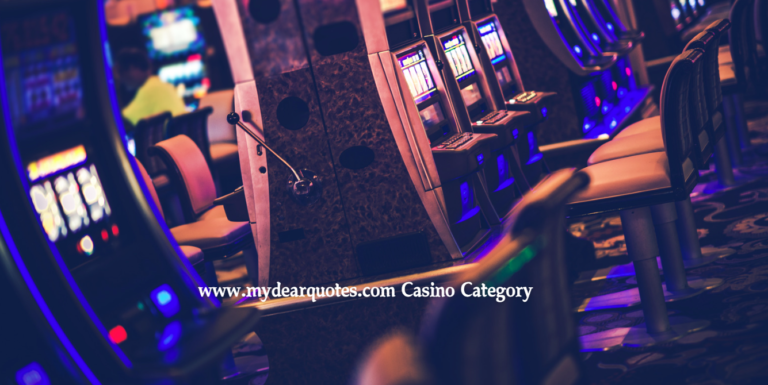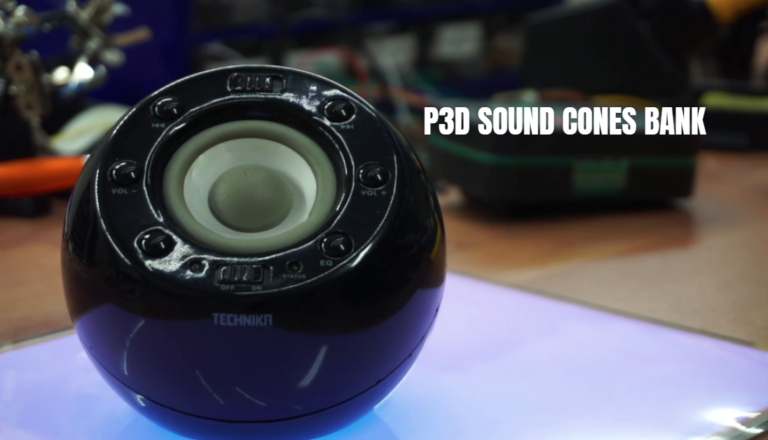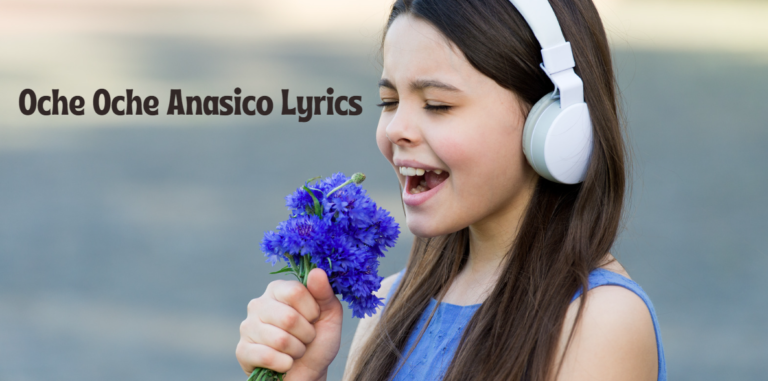Mizukando: A Comprehensive Guide to Understanding Its Impact and Importance
Introduction
In a world increasingly driven by digital experiences and global connectivity, certain platforms and concepts emerge that capture our attention and imagination. Mizukando is one such term that has been gaining traction in various circles, especially among those who are curious about its potential and influence.
This article aims to provide a detailed exploration of Mizukando, offering insights that go beyond the basics and delve into its significance, purpose, and future implications. Whether you’re new to the concept or looking to deepen your understanding, this guide will serve as a valuable resource.
What is Mizukando?
The Origins of Mizukando
To understand what Mizukando is, it’s essential to start with its origins. The term “Mizukando” is a combination of two Japanese words: “Mizu” (水), which means water, and “Kando” (感動), which translates to emotion or inspiration. Together, Mizukando represents the idea of emotional fluidity and the deep impact that certain experiences can have on our emotions, much like the gentle yet powerful flow of water.
The Concept Behind Mizukando
Mizukando is more than just a word; it’s a concept that has been applied across various domains, including art, design, technology, and personal development. At its core, Mizukando is about creating and experiencing moments that evoke strong emotional responses, similar to how the sight, sound, or feel of water can bring a sense of calm, inspiration, or even awe.
The Purpose and Mission of Mizukando
The purpose of Mizukando is to foster a deeper connection between individuals and their environments by encouraging mindfulness, creativity, and emotional awareness. Whether through interactive design, artistic expression, or personal reflection, Mizukando seeks to enhance our emotional well-being and inspire positive change in our lives.
Mizukando in Practice: Real-World Applications
Mizukando in Art and Design
In the world of art and design, Mizukando has been embraced as a guiding principle for creating works that resonate emotionally with audiences. Artists and designers who adhere to the Mizukando philosophy strive to create pieces that not only appeal aesthetically but also evoke a deep emotional response. This can be seen in various forms of visual art, architecture, and even product design.
Case Study: Mizukando in Modern Architecture
A prime example of Mizukando in architecture can be found in structures that incorporate elements of water, light, and space to create an immersive experience. Buildings designed with Mizukando principles often feature flowing water elements, natural light, and open spaces that encourage reflection and emotional connection. These designs aim to provide more than just physical shelter; they offer a sanctuary for the mind and soul.
Mizukando in Technology
Mizukando’s influence extends into the realm of technology, particularly in user experience (UX) and interface design. By prioritizing emotional engagement, tech companies are developing products and platforms that go beyond functionality, creating experiences that resonate on a deeper level with users.
Example: Mizukando in App Development
Consider a meditation app that uses Mizukando principles to enhance the user experience. The app might incorporate soothing sounds of flowing water, calming visuals, and personalized content that adapts to the user’s emotional state. The goal is to create an environment that supports emotional well-being and encourages mindfulness, making the app more than just a tool, but a source of inspiration and comfort.
Mizukando in Personal Development
On a more personal level, Mizukando can be applied as a philosophy for self-growth and emotional awareness. By embracing the idea of emotional fluidity, individuals can learn to navigate their emotions more effectively, leading to greater resilience, creativity, and overall well-being.
Techniques for Applying Mizukando in Daily Life
- Mindful Reflection: Take time each day to reflect on your emotional state, much like observing the flow of water. Acknowledge your feelings without judgment and allow them to pass naturally.
- Creative Expression: Engage in creative activities that allow you to express your emotions freely, whether through writing, painting, music, or any other form of art.
- Emotional Awareness: Practice being aware of how different environments and experiences affect your emotions. This awareness can help you make choices that align with your emotional well-being.
The Cultural Significance of Mizukando
Mizukando in Japanese Culture
Mizukando is deeply rooted in Japanese culture, where the concept of emotional resonance and mindfulness has long been valued. In Japan, water is often associated with purification, tranquility, and the flow of life, making it a powerful symbol in both traditional and contemporary contexts.
Mizukando and Traditional Japanese Arts
Traditional Japanese arts, such as tea ceremonies, Ikebana (flower arranging), and Sumi-e (ink painting), often embody the principles of Mizukando. These practices focus on simplicity, natural beauty, and the emotional impact of the experience, encouraging participants to connect with their emotions and the environment in a meaningful way.
Mizukando’s Global Influence
While Mizukando has its roots in Japan, its principles are universal and have found resonance across the globe. As people seek more meaningful and emotionally fulfilling experiences, Mizukando offers a framework that can be applied in various cultural contexts, from Western art and design to mindfulness practices.
The Future of Mizukando
Mizukando and Emerging Trends
As society continues to evolve, the demand for emotionally resonant experiences is expected to grow. Mizukando is well-positioned to influence emerging trends in areas such as wellness, technology, and entertainment. Whether through immersive virtual reality experiences, emotionally intelligent AI, or innovative wellness practices, Mizukando’s principles will likely play a key role in shaping the future.
Mizukando in Sustainable Design
Another area where Mizukando is poised to make a significant impact is in sustainable design. By encouraging a deeper emotional connection to the environment, Mizukando can inspire more sustainable choices in architecture, product design, and lifestyle. This approach not only enhances individual well-being but also supports broader environmental goals.
Mizukando in Global Collaboration
As the world becomes more interconnected, Mizukando has the potential to foster global collaboration by emphasizing emotional and cultural understanding. By promoting empathy, creativity, and mindfulness, Mizukando can contribute to a more harmonious and compassionate global society.
How to Incorporate Mizukando Into Your Life
Start with Mindfulness
One of the simplest ways to begin incorporating Mizukando into your life is through mindfulness. By becoming more aware of your emotions and how they are influenced by your environment, you can start to cultivate a more fluid and adaptive emotional state.
Engage in Creative Practices
Creativity is at the heart of Mizukando. Whether you’re an artist, writer, musician, or simply enjoy creative hobbies, find ways to express your emotions through your chosen medium. This practice not only enhances your creativity but also helps you process and understand your emotions more deeply.
Explore Mizukando in Your Environment
Take the time to explore how your environment influences your emotions. This could involve spending time in nature, visiting art galleries, or even redesigning your living space to create a more emotionally supportive environment. The goal is to create spaces and experiences that resonate with you on a deep emotional level.
Practice Emotional Awareness in Relationships
Mizukando is not just about individual experience; it’s also about how we connect with others. Practice emotional awareness in your relationships by being mindful of how your emotions and actions affect others. This approach can lead to more compassionate, empathetic, and fulfilling relationships.
FAQs About Mizukando
What is Mizukando?
Mizukando is a concept that combines the Japanese words “Mizu” (water) and “Kando” (emotion), representing the idea of emotional fluidity and the impact of emotionally resonant experiences.
How can I apply Mizukando in my daily life?
You can apply Mizukando in your daily life by practicing mindfulness, engaging in creative expression, exploring how your environment influences your emotions, and fostering emotional awareness in your relationships.
Where did the concept of Mizukando originate?
Mizukando originated in Japan, drawing from the cultural significance of water and the value placed on emotional resonance and mindfulness in Japanese culture.
Can Mizukando be applied in business and technology?
Yes, Mizukando can be applied in business and technology, particularly in areas such as user experience design, product development, and customer engagement. By prioritizing emotional connection, businesses can create more meaningful and impactful products and services.
How does Mizukando relate to sustainability?
Mizukando can inspire more sustainable choices by encouraging a deeper emotional connection to the environment. This approach supports sustainable design and lifestyle practices that enhance both individual well-being and environmental goals.
Conclusion
Mizukando is more than just a concept—it’s a philosophy that has the power to transform how we experience the world. By embracing the principles of emotional fluidity, mindfulness, and creativity, Mizukando offers a path to deeper self-awareness, more meaningful connections, and a richer, more fulfilling life.
Whether through art, technology, personal development, or environmental sustainability, Mizukando’s influence is profound and far-reaching.
As we continue to navigate an increasingly complex and interconnected world, the principles of Mizukando can guide us toward a future that is not only innovative and dynamic but also emotionally resonant and deeply connected to the things that truly matter.
By understanding and applying Mizukando in our lives, we can create experiences that move us, inspire us, and ultimately, help us lead more compassionate and purposeful lives.






